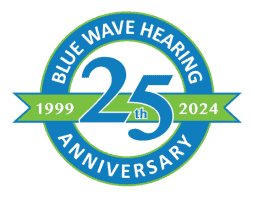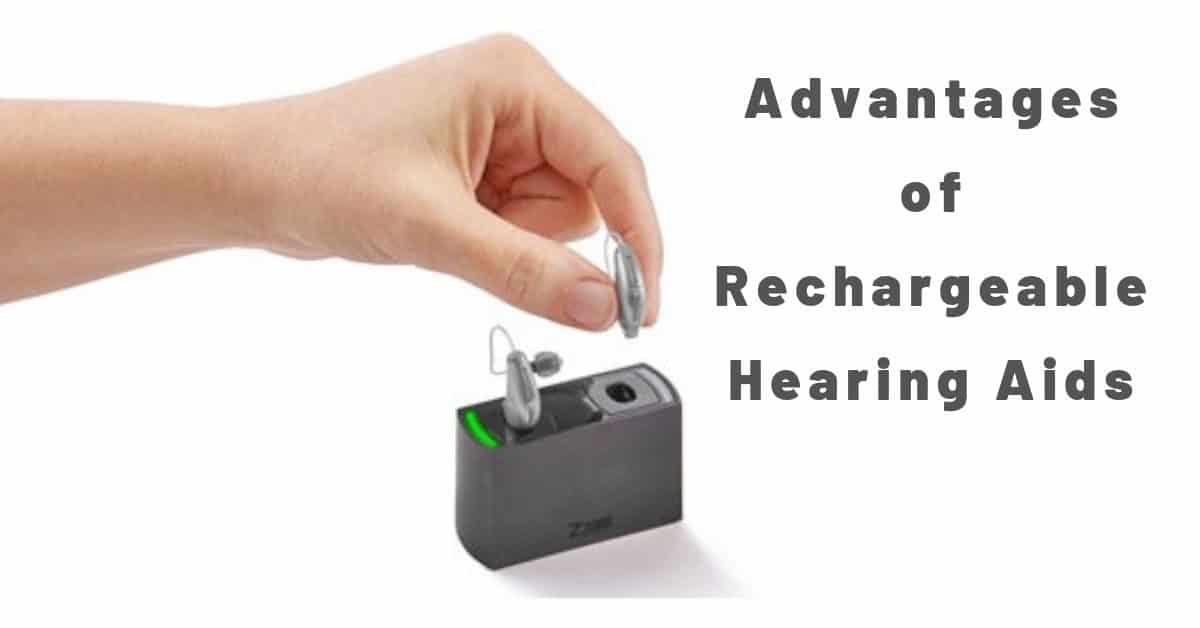- Alcohol and Hearing Health - April 9, 2025
- How Smoking Can Harm Your Ears - March 11, 2025
- Succeeding in the Workplace with Hearing Aids - February 10, 2025
Hearing aids are a great tool for people with a wide range of hearing assistance needs. There are many things to be considered if you are in the market to choose a new hearing aid, or to update the hearing aid devices you already use. Cost may very well be the most important factor you are considering. At the same time, you will be determining which hearing aid device is best for you depending upon your level of hearing loss, as well as what types of hearing aids best suit your stylistic needs and desires. Just as important to take note of is how the hearing aid device simply feels in your ear.
Advancements in Hearing Aid Technology
There have been many new advances in hearing aid technology, which means that there is a wealth of technological choices to consider in your search for the perfect hearing aid. So much has changed since the first electronic hearing aids were developed in 1940. Hearing aids no longer fit the stereotype of the large, beige, error-prone plastic devices of yore. Many different styles of sleek, efficient, long-lasting hearings aids have been developed to fit a range of diverse hearing needs—and style needs. These include hearing aids that have Bluetooth connectivity that allows you to easily connect with your smartphone and your television to have that sound transmitted directly to your hearing aid device. Some of the heavier duty hearing aids come with adjustable, directional microphones that allow you to capture a wider range of sources of sound—typically behind and in front of your body—which enables crisper, cleaner hearing environments. Still other hearing aid devices are waterproof, which is excellent for people who like to work out but who are afraid of shorting out their hearing aids.
Rechargeable Hearing Aids
There have been even more recent advances in hearing aid technology that incorporate rechargeable batteries. Hearing aids are typically powered by disposable “button” batteries that you can purchase at almost any retail store. These disposable batteries are definitely the most common and readily available power option for hearing aids, but there are more and more hearing aid manufacturers that are making rechargeable hearing aids. Traditional batteries require you to replace them with frequency, which can be extremely frustrating when your battery dies when you’re on the go, if you are simply a forgetful person who doesn’t often remember to change your batteries. Rechargeable batteries can be recharged easily from the comfort of your own home, as you can leave them overnight and use the next morning with little fanfare.
There are a handful of things to consider when selecting a rechargeable hearing aid battery. Nickel-metal hydride (NiMH) rechargeable batteries were one of the most widely available batteries available. NiMH batteries. NiMH batteries have been used more than a decade in the hearing assistance industry. They are great batteries in part because they are often charged while in the hearing aid. This is great for people who have dexterity or sight issues, and for whom fussing with small batteries in small hearing aid devices can lead to frustration, at best, and broken devices, at worst.
One thing to consider, however, is that NiMH batteries have a low energy density when compared to popular zinc-air disposable hearing aid batteries. This means that they aren’t very long-lasting and that they need relatively frequent recharging—which can be very time consuming and frustrating for the latest digital hearing aids that eat up a lot of energy. These batteries, apart from needing frequent charging, are also not often powerful enough to operate many of the modern hearing aids that people are buying up. The high energy density lithium-Ion rechargeable batteries, on the other hand, can deliver enough power for 24 hours of continuous use for many hearing aid wearers. These batteries also come in sealed cases that are incorporated into the hearing aid, meaning that they are not removable, and that you are not at risk for fumbling around with them. Instead, you place the whole hearing aid on charge. The downside of the sealed battery is that the entire hearing aid must be sent back to the manufacturer if there is a problem with the device, or when the battery reaches the end of its lifespan.
Blue Wave Hearing Center
Choosing a hearing aid can be a long process, and adjusting to a new hearing aid system can be even longer. It is important to be in conversation with friends, loved ones, and caregivers about what your hearing needs are so that you have the support you need to create the healthiest hearing environments possible. Contact us at Blue Wave Hearing Center today to learn more about how rechargeable hearing aids can change your life.


